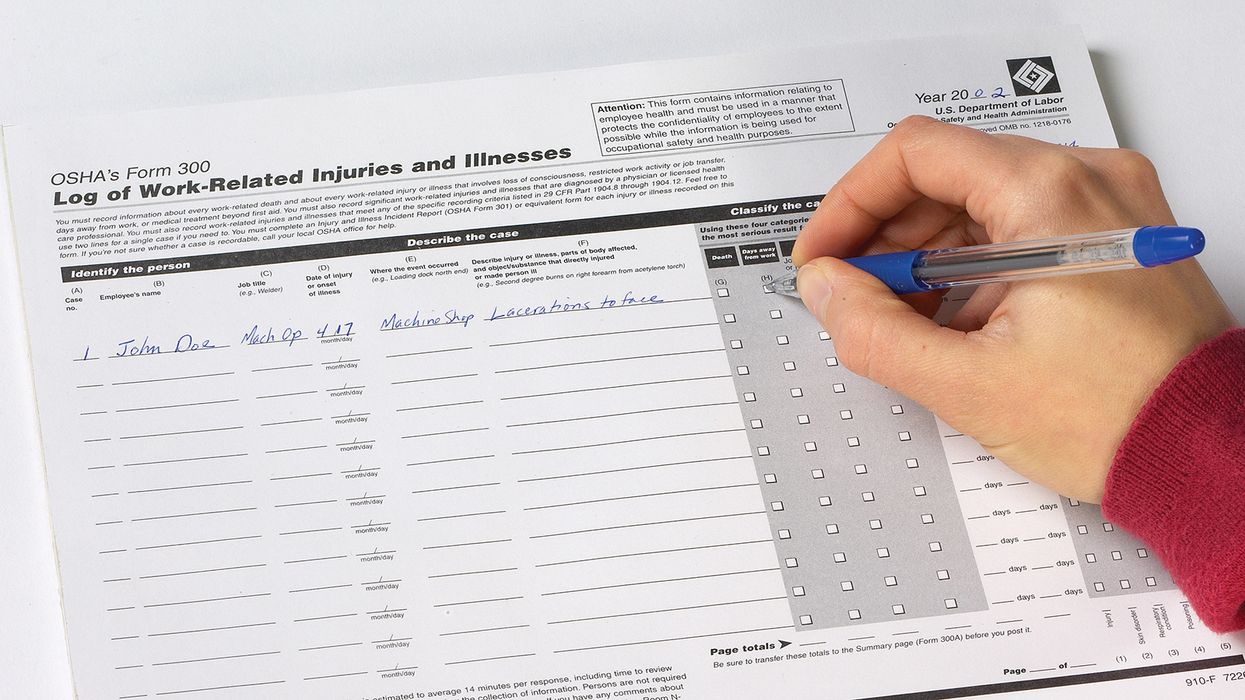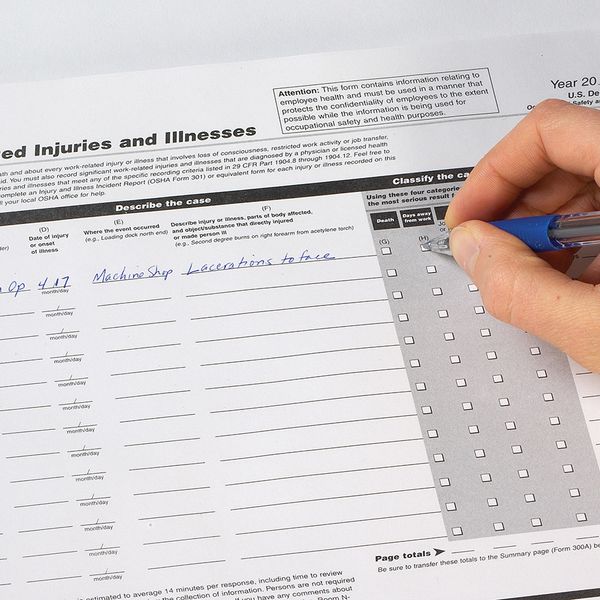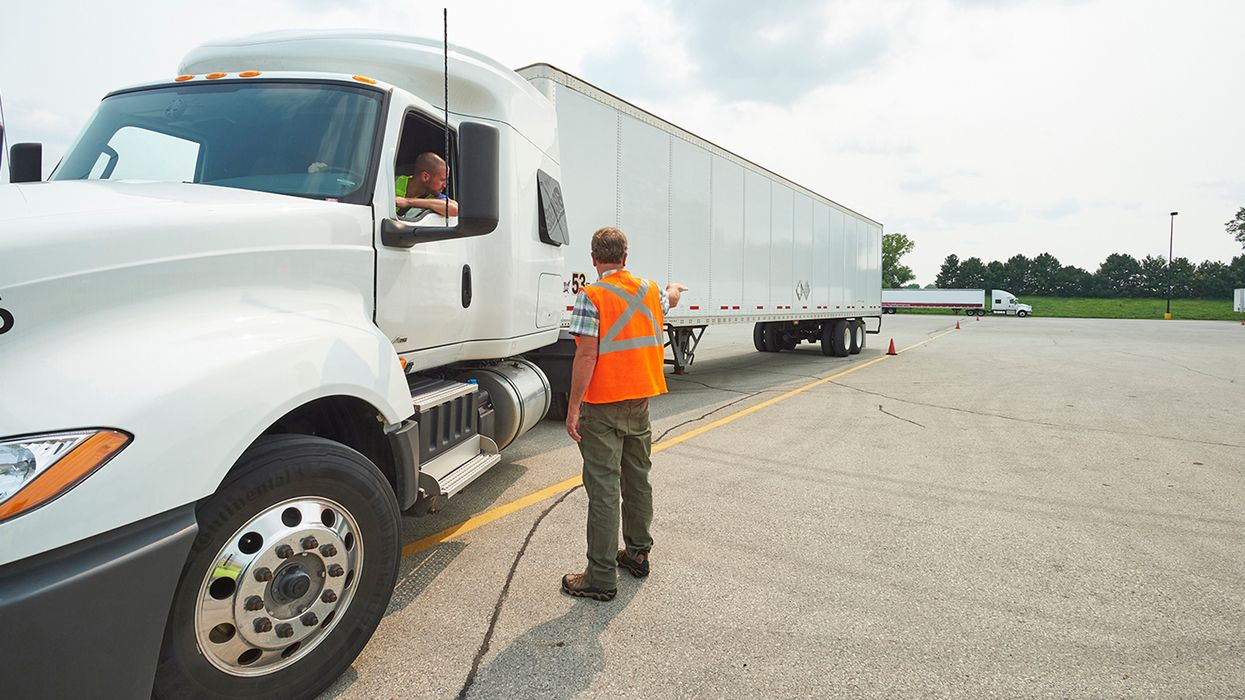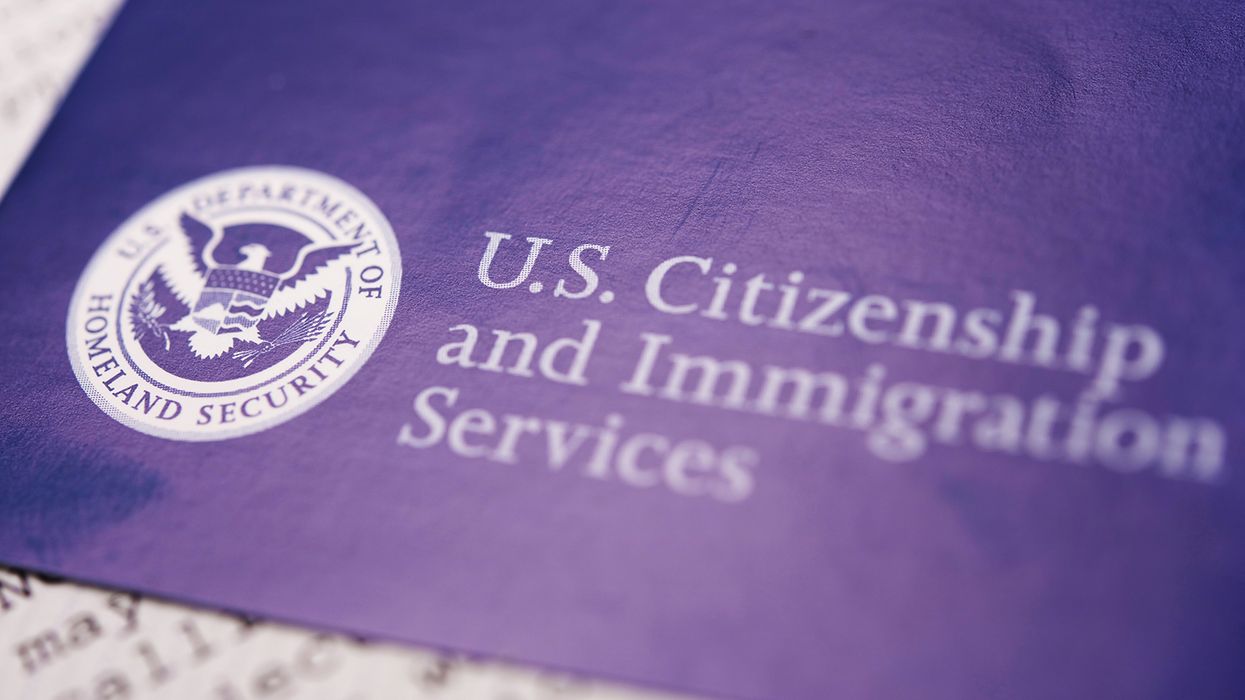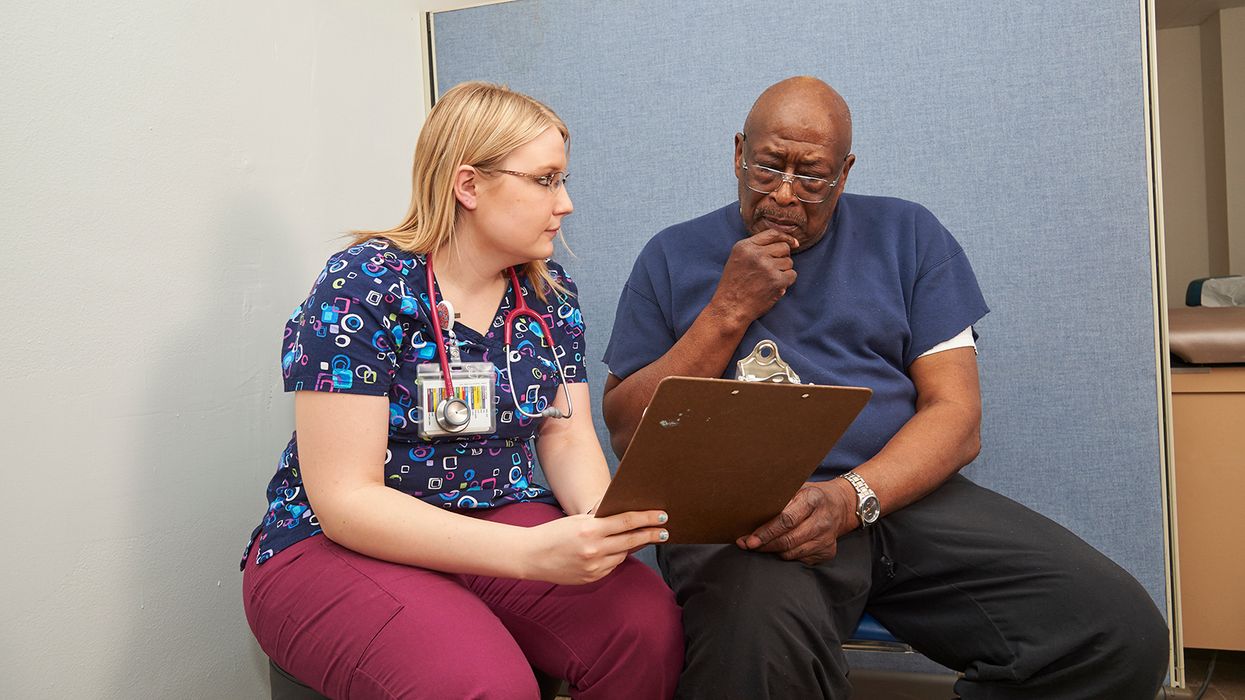First aid and OSHA recordkeeping: What you need to know!
When an employee is injured at work, it often raises the question: is this incident recordable? One factor in determining this is whether the injured employee received medical treatment beyond first aid. It's the employer's responsibility to figure out if the injury or illness involved such treatment. But what exactly qualifies as "first aid"?
How does OSHA define first aid for recordkeeping purposes?
In a nutshell, OSHA defines first aid as immediate, basic medical care given right after an injury happens, usually at the place it occurred. This care is typically a one-time, short-term treatment that doesn't require advanced technology or extensive training to provide. While this is a broad definition, OSHA further clarifies in its regulations what exactly constitutes first aid.
According to OSHA's regulation 1904.7(b)(5)(ii), "first aid" includes:
- Using over-the-counter medication at non-prescription strength.
- Administering tetanus shots.
- Cleaning, flushing, or soaking skin wounds.
- Using wound coverings like bandages, Band-Aids, gauze pads, butterfly bandages, or steri-strips.
- Applying hot or cold therapy.
- Using non-rigid support like elastic bandages, wraps, or non-rigid back belts.
- Using temporary immobilization devices for transporting an accident victim, like splints, slings, neck collars, and back boards.
- Drilling a fingernail or toenail to relieve pressure or draining fluid from a blister.
- Using eye patches.
- Removing foreign bodies from the eye using only irrigation or a cotton swab.
- Removing splinters or foreign material from areas other than the eye by irrigation, tweezers, cotton swabs or other simple means.
- Using finger guards.
- Using massages.
- Drinking fluids for relief of heat stress.
When does OSHA require an injury/illness to be recorded?
An injury or illness must be recorded on OSHA’s form 300 if it meets the following criteria including:
- Is work-related; and
- Is a new case; and
- Meets one or more of the general recording criteria of 29 CFR 1904.7.
According to 1904.7(a), a work-related injury or illness must be recorded if it results in one or more of the following:
- Death.
- Days away from work.
- Restricted work or transfer to another job.
- Medical treatment beyond first aid.
- Loss of consciousness.
- A significant injury or illness diagnosed by a physician or other licensed healthcare professional.
Key to remember: The line between first aid and medical treatment can be blurry, but OSHA's regulation provides a complete list of what constitutes first aid for recordkeeping purposes.

